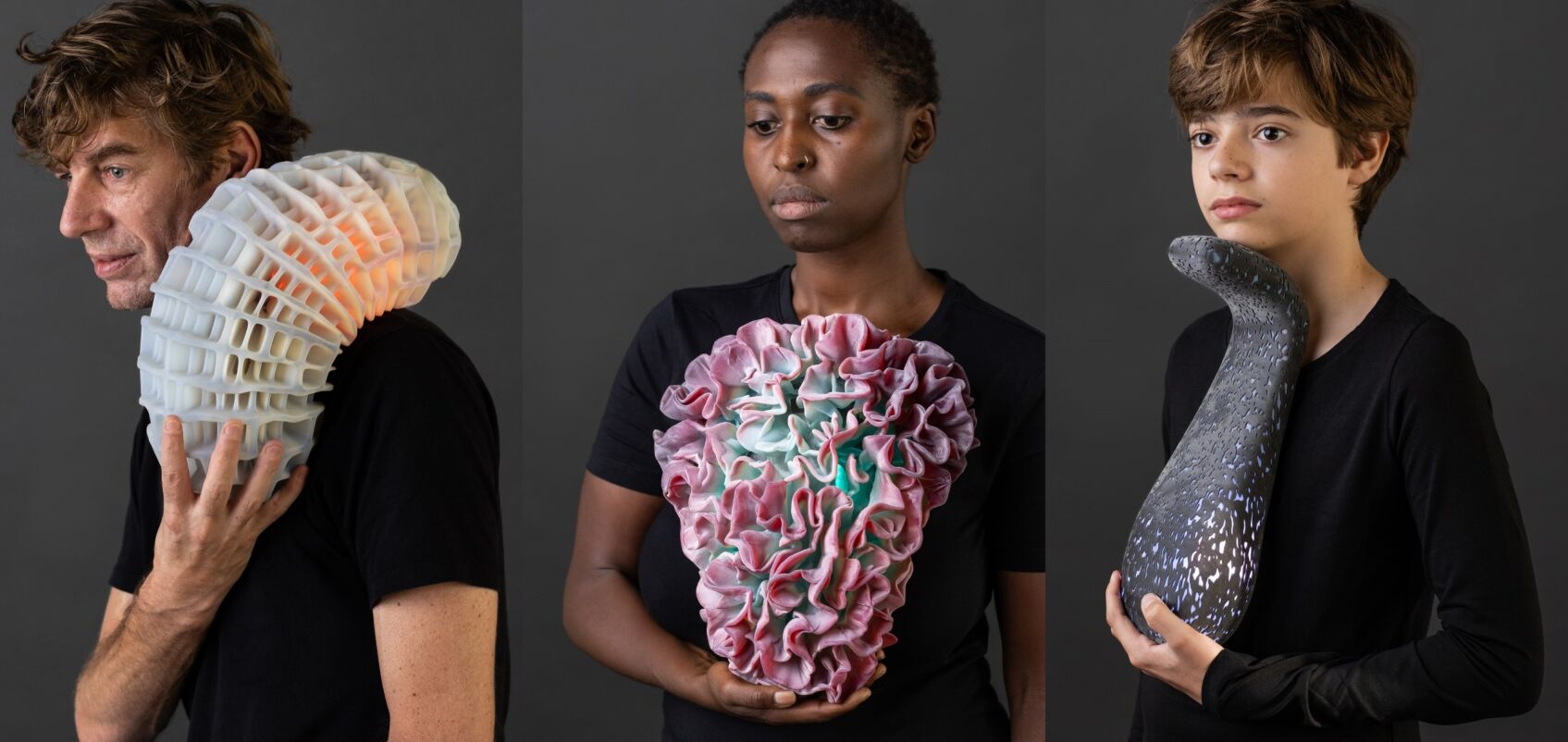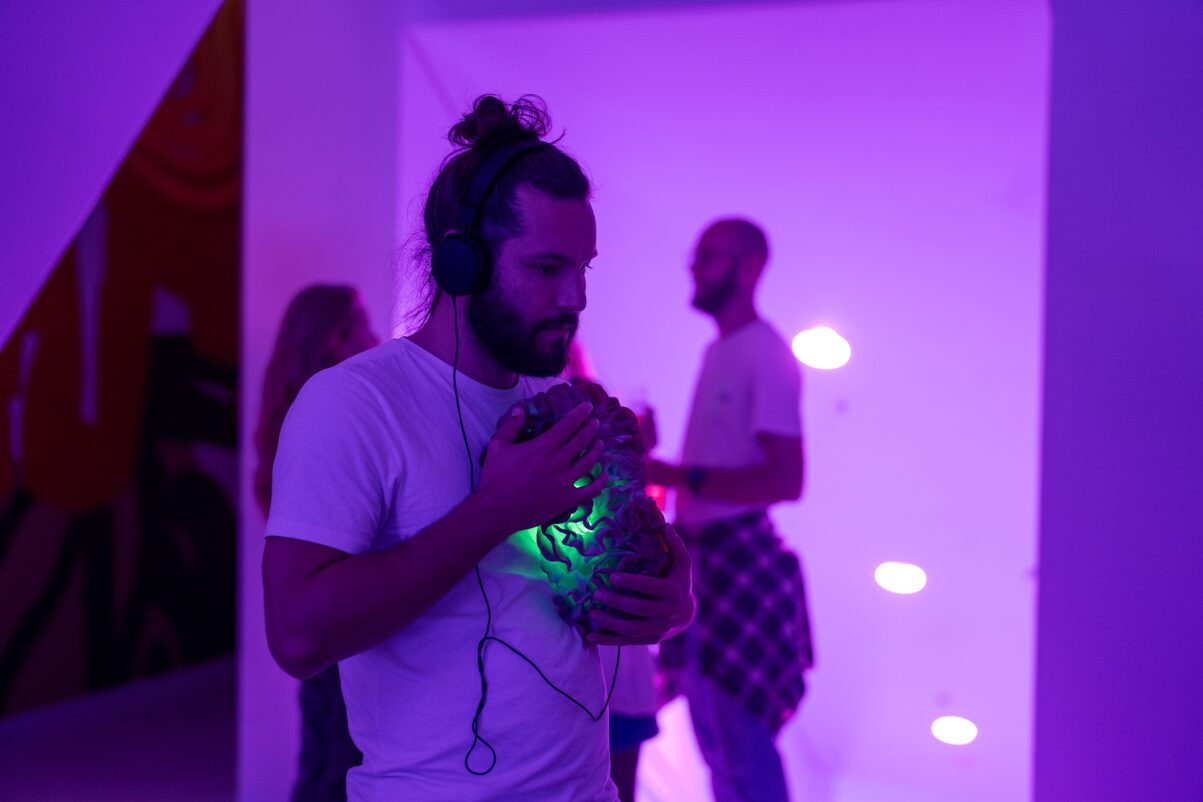Regenerative medicine (RM) leads to novel interventions that are often so innovative and different that current ways of thinking and assessing these treatments are lacking or ill-fitting. Therefore, aside from developing regenerative interventions, UMC Utrecht also researches the ethical, societal and economical aspects of these advanced therapy medicinal products or ATMPs.
Making sure we develop the right interventions
The ethics research at the Julius Center of UMC Utrecht is aimed at guiding the development of treatments and therapies in such a way that it meets the desires of the patients and is in accordance with ethical and legal guidelines. The approach used for this is ‘ethics parallel research.’ It means that the ethics researchers are doing their work in parallel with the medical and technological developments. This allows for well-informed, embedded and reflective insights to steer the development and deployment of RM interventions.
Implants that disappear
One example of ongoing ethics research concerns the guidance of regenerative implants. These implants differ from current medical practice as these are made of biodegradable synthetic material that is broken down by the body and replaced by living tissue and not made out of inert material, such as metal. This also means that when successful, these implants will completely merge with the body, and do not remain a distinct object as would be the case with inert implants.
At the moment, these implants are not part of routine patient care. To make sure that regenerative implants are developed in such an ethically responsible way that patients can be receptive to it, researcher Manon van Daal is studying the ethical aspects of this treatment for when it does become available. ‘The fact that we do ethics parallel research is great,’ she says, ‘it means that we have to include patients’ perspectives when they are not treated this way yet.’
‘The fact that we do ethics parallel research is great. It means that we have to include patients’ perspectives when they are not treated this way yet.”
Combining theory and empirical data
The ethics research at UMC Utrecht includes two lines of research: theoretical study aimed at a better understanding of concepts used and the application of principles and theories, and empirical, qualitative research to shed light on (potential) patients’ ideas about these implants. Van Daal: ‘We work with people who have received an inert or non-regenerative implant and take their experiences and perspectives as a starting point to discuss the ethical aspects of personalized regenerative implants. We have combined that with focus groups with engineers and researchers developing the regenerative implants, to find out what they see as relevant ethical questions.’
Uncovering benefits and worries
Some stakeholders do see the benefits of regenerative implants, seen in the possibility of the implant leading to tissue growth and replacement of the implant by the body’s own tissue. This aspect is even mentioned as a ‘natural’ good solution. But there are also concerns about the technical novelty of regenerative implants. For example, worries that the implant won’t stop growing. ‘We also see patients who find the idea of an inert, such as metal, implant more secure. They think that it is stronger and better fixated,’ Van Daal says. ‘This indicates that we need a more holistic view of what is needed to help or treat a patient.’

Photo credit: Max Kneefel
Surprising findings about fundamental ideas
Regenerative medicine aims to develop interventions that actually cure the body, instead of treating symptoms, which is more common now. But even though that approach connects much better to the natural idea of a functional human body at first sight, this ethics research found that for patients it might still not be enough.
‘In essence, regenerative medicine looks at the human body as a machine that can be fixed,’ Van Daal says, ‘which is similar to ideas in current medicine. However, patients are asking for an approach that also integrates their lived experience. It’s about restoring function and being able to do things that matter to them. That goes beyond having a body that is ‘technically’ correct as it may not allow them to live their lives the way they desire.’
“Patients are asking for an approach that also integrates their lived experience. It’s about restoring function and being able to do things that matter to them. That goes beyond having a body that is ‘technically’ correct as it may not allow them to live their lives the way they desire.”
Addressing societal questions as well
Ethics research doesn’t only focus on the individual. It also points to societal dynamics that should be addressed when regenerative therapies are to be accepted more broadly. For instance, gene therapy is now slowly being adopted and applied in certain cases. It often makes the news as a silver bullet that will improve the life of often young patients, but at a very high price. The uncomfortable assessment might have to be made whether a single, expensive treatment is a better option than continuing with a lifelong therapy that is much cheaper per treatment but requires many more treatments. This is where Health Technology Assessment comes in, and a good decision process demands input from patients, but also from governments and insurance companies.

Photo credit: Jasper Zijlstra
The current rise of gene therapies also evokes the question whether these therapies will ever be inclusive, or that they will remain only for the rich – whether that is Global North countries on a world scale or a small affluent group within those Global North countries. Adding to the complexity of this latter point, these therapies are so innovative that research into them has a pioneering character. This means that diversity or inclusivity is not a high priority in designing these interventions, for example in choosing cell lines or models. Manon van Daal weighs in: ‘What we aim for is ‘value-sensitive design,’ which means that you design technology in such a way that it accounts for human values. This is also very relevant for the RM field. It forces you to think ahead and create experiments that are inclusive and reflect human values from the start.’
‘What we aim for is ‘value-sensitive design,’ which means that you design technology in such a way that it accounts for human values.”
Commercializing organoids
At UMC Utrecht, the fields of ethics and Health Technology Assessment (HTA) are converging. There is an overlap at the point where human values and convictions lead to economic considerations, and in regenerative medicine this convergence shows earlier and earlier in the research process. One topic that illustrates that is the use and commercialization of organoids. Organoids have only been around since 2009, but in this short time frame research and applications have co-existed with the development of new types of organoids. This makes the ethical and economical aspects of organoid research interesting but also relevant.
Who is the owner of organoids?
A simple question to ask is who is the owner of organoids grown from donated cells or biopsies? At first glance it might be easy: the patient. But what if those cells are stored, grown into organoids, often manipulated or modified? Can they still be considered the donated cells? Should we take the initial donation as leading in who owns them, or the actions taken with and upon them? And if the cells remain from a patient, which implications does that have for research?
When asked for consent, patients tend to be hesitant with ‘commercialization’ of their cells. But what commercialization means exactly may differ per context and is subject to change. New technologies are developed continuously, and technologies developed within academic institutions may be spun out into a company later. So, when does commercialization start exactly? And would patients be able to benefit from treatments if companies are not allowed to work with their cells? Should we update the consent after some time to include new possibilities, and is that reasonable and feasible? Or are patients less hesitant to modification and commercialization of their cell than we assume? And are they willing to relinquish ownership to advance science and the development of new treatments?
These are all valid questions that are highly relevant for the future of organoid research and regenerative medicine, but these questions also show that both patients and researchers need to be more aware of what it entails.

Photo credit: Ivar Pel
Early HTA to aid research and translation
One field in which the Health Economic Evaluation department at UMC Utrecht is distinguishing itself is ‘early HTA,’ especially on regenerative medicine topics. This early phase of health technology assessment is about the translational phase of research during which preclinical research moves to the clinic. Early HTA can help researchers decide what the value of new innovations can be and inform and direct the best way of applying limited resources.
Deciding on the best entry point for bone regeneration
For example, the group of researcher Debby Gawlitta developed tiny spheres that aid bone regeneration. This research is now in its translational phase, so the question becomes how these spheres can be best applied in the clinic: where do they add (the most) value? Since the spheres can regenerate bone there are many potential indications for their use, for example in jaw reconstruction, skull reconstruction or in the spine.
Using health technology assessment, Renske ten Ham, assistant professor at the UMC Utrecht Health Economics group, helps inform the next steps in the Gawlitta research: ‘In the early HTA we assess the hypotheses and quantify where the largest benefits and opportunities lay for their innovation, which helps to decide which indication they should focus on first.’
“In the early HTA we assess the hypotheses and quantify where the largest benefits and opportunities lay for their innovation, which helps to decide which indication they should focus on first.”
How effective does a new blood vessel need to be?
Another example of the value of the systematic approach of HTA is in the development of tissue engineered blood vessels for vascular access for hemodialysis – a project by Marianne Verhaar and Paul Besseling. By placing a regenerative implant, it becomes possible to generate new blood vessels, from the patient’s own tissue, which can be cannulated during hemodialysis. However, this innovation needs to be better than the current standard of care. Junior researcher Hanna de Groot is assessing this. ‘HTA can help make explicit how much better this new innovation needs to be to replace the current care,’ she says. ‘This, in turn, helps to decide when the innovation is ready to take a step towards a clinical trial, for example.’
Combining strong models and solid data
The Utrecht approach in HTA combines trial-based methods, which use qualitative and quantitative data from the clinic, and complex models that allow extrapolation. Ten Ham: ‘Both are essential especially for regenerative therapies. Experimental data is growing, but the novel pricing mechanism of most of these therapies requires very long-term decisions about their value.’
Ethics and HTA are essential parts of the research process
Both ethics and HTA are integral parts of the research process within regenerative medicine at the UMC Utrecht. They help to develop acceptable interventions and therapies by taking patients’ needs seriously, and by addressing the difficult questions that society faces about the reimbursement of expensive treatments. In addition, early HTA analyses inform but also test the feasibility and direction of next steps in product development. Only by continuously informing the developers and decision-makers does it become possible to ensure durable and sustainable access to innovative therapies for patients and society.
